Saleswhale Blog | 7 Min Read

“Hey Gabriel, why did you fill in N/A for Weekly Active Users in your investor report?”
“Oh, we are not tracking it.”
“Wait, what? Why? You are a SaaS company, and you are not tracking how many of your users are logging into your platform and using it actively?”
“Yeah… here’s the thing - I don’t want people to log into my software.”
“Wait, what?”
This was one of the earliest conversations with our investors - almost 3 years ago.
It was an interesting way to start our first investor meeting (our investors would probably describe it as "harrowing").
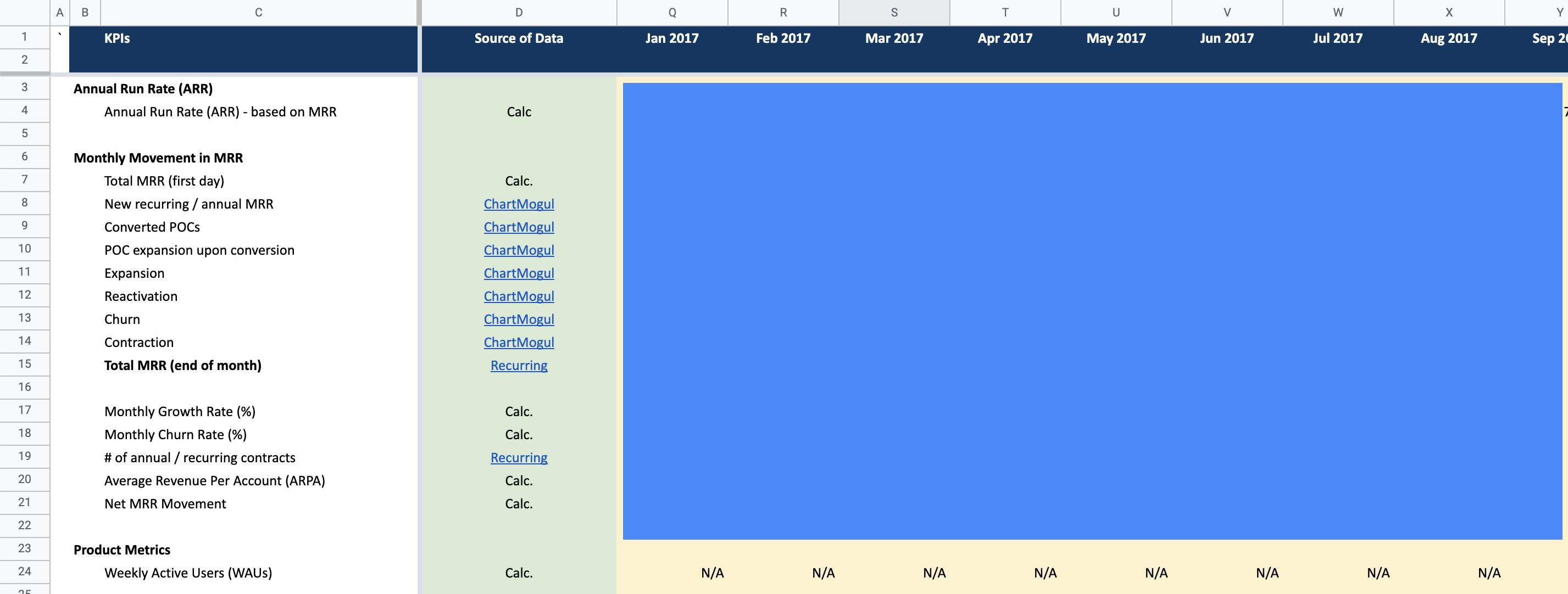 Saleswhale's KPI sheet for investors
Saleswhale's KPI sheet for investorsThe prevailing wisdom at the time was the consumerization of SaaS.
The most successful SaaS companies focused on usage - daily active users (DAUs), weekly active users (WAUs), monthly active users (MAUs). Similar to consumer companies.
The poster boys of the "consumerization of the enterprise"-era were Slack, Asana, Zendesk, Trello.
I had other ideas though.
Workflow products were the winning playbook of the previous 5-10 years.
My thesis was that in the next 5-10 years, the next generation of winning SaaS products would be what we call "anti-usage" products.
Products focused on solving a problem and driving outcomes, without requiring users to log in everyday.
This sounds counterintuitive - and I had to spend some time to convince my co-founders and investors in the early days.
Here’s the thought process that led me to the above conclusion.
First generation of SaaS products
The first generation of cloud-based SaaS products were designed to replace manual systems like spreadsheets (and pen & paper), or clunky, on-premise, client-server products.
Most of them were "systems of record" - the ultimate source and "record" of critical business data. And usually, the backbone of business processes.
For example:
Your general ledger is stored in Quickbooks
Your customer data is stored in Salesforce
Your payroll information is stored in Workday
The main outcome of a system of record is to generate reports / insight.
Second generation of SaaS products
The second generation of SaaS products deal with workflows.
They are task-specific tools that help employees do their jobs — aka. systems of engagement. Most of them integrate with the above mentioned "system of records".
For example:
Your customer support agents live in Zendesk
Your sales development reps and account executives live in Outreach or SalesLoft
Your digital marketing team lives in Mailchimp, HubSpot or Marketo
Your employees use Slack for high-resolution internal communications
The second-generation SaaS vendors understood that UI and UX were important for workflow products, because people live in it.
"'Help desk software didn’t sound that exciting and I had no domain knowledge. I was a canary in a coal mine, but I was obsessive about clean design, and as I saw what existed I realized that companies were being underserved,' says Aghassipour.
Aghassipour saw the opportunity to create something beautiful in a world where design was an afterthought. Aghassipour told Svane that he would help keep the software 'beautifully simple'."
The insertion point: build a simpler, easier to use product, and displace legacy workflow vendors.
This was the consumerization of the enterprise wave - which minted many hundred million ARR companies like Zendesk, Slack and Asana.
Red ocean for systems of record and workflow products
The first and second-generation of SaaS products have one thing in common: they are built on top of human interaction. They essentially replace processes that are previously built on top of paper forms.
People have to key in data, or actively use the software to get to their desired outcome.
But here’s the thing -
The market is quickly getting saturated with systems of records and workflow products.
.jpg) There are only so many tools that a company wants to standardize on. Only so many disparate systems an employee wants to log into daily.
There are only so many tools that a company wants to standardize on. Only so many disparate systems an employee wants to log into daily.
So, if you are a new horizontal workflow provider - sooner or later, you will have to displace incumbents. Or try to build an end-to-end vertical solution. Or re-segment your market.
However -
If you believe the "10X theory of displacement", you will agree that it’s getting harder and harder to build a 10X better product.
Zendesk was able to build a 10X better product than legacy help desk vendors by ruthlessly focusing on UI /UX.
It’s not going to be trivial to invent a help desk product that’s 10X better than Zendesk (essentially 100X better than the original legacy vendors).
UI/UX is becoming table-stakes — it’s not much of a differentiator anymore.
If you want to build a huge SaaS business, like how Salesforce and Zendesk did, you can’t use the same playbook that they used.
The next generation of SaaS products are going to be more disruptive.
Instead of providing an interface for human employees to do their work, they seek to reinvent how work is done.
They sit in the background, collect and analyze data, and then shepherd their users towards better outcomes.
For example, revenue intelligence tool Gong sits in the background - and records, transcribes and analyzes sales calls.
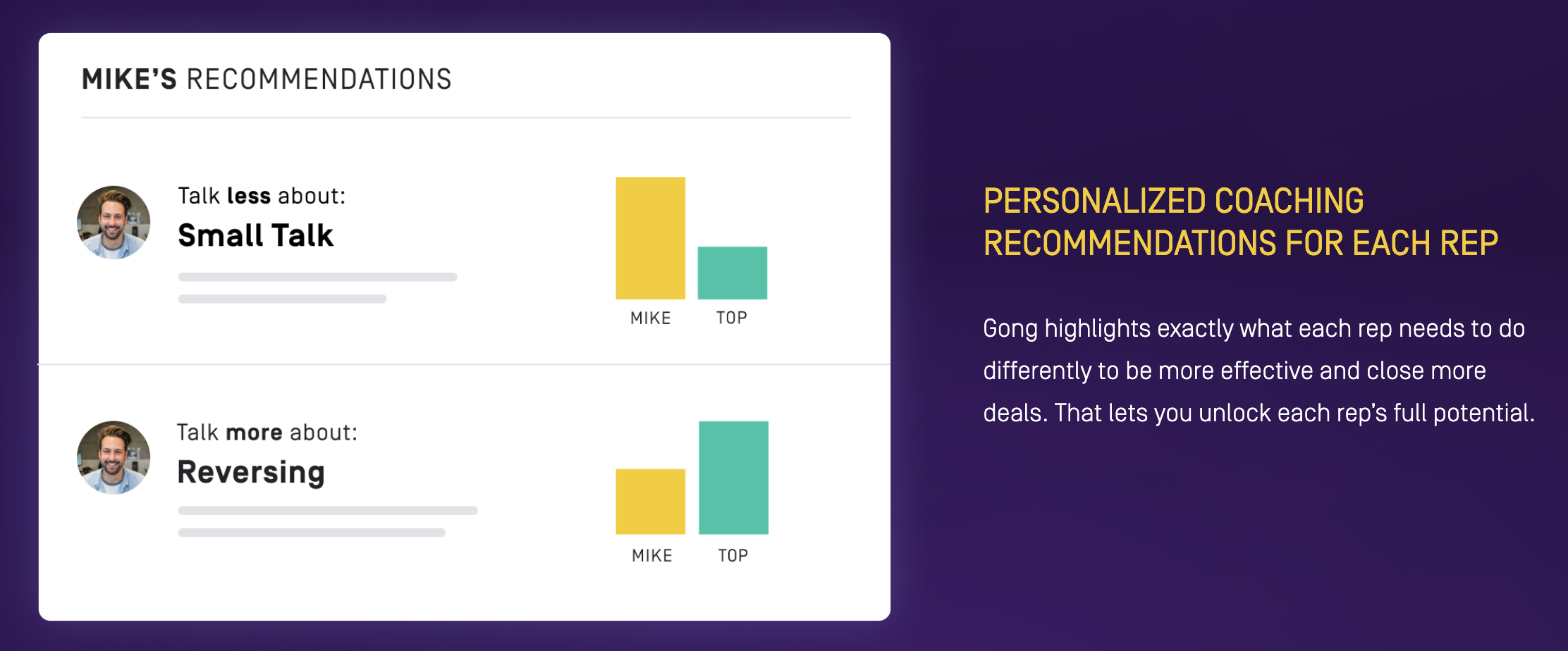 Gong helps sales teams get automated insights to help them close more deals. Competitor mentions, coaching based on high-performing behavior, and suggested next steps.
Gong helps sales teams get automated insights to help them close more deals. Competitor mentions, coaching based on high-performing behavior, and suggested next steps.
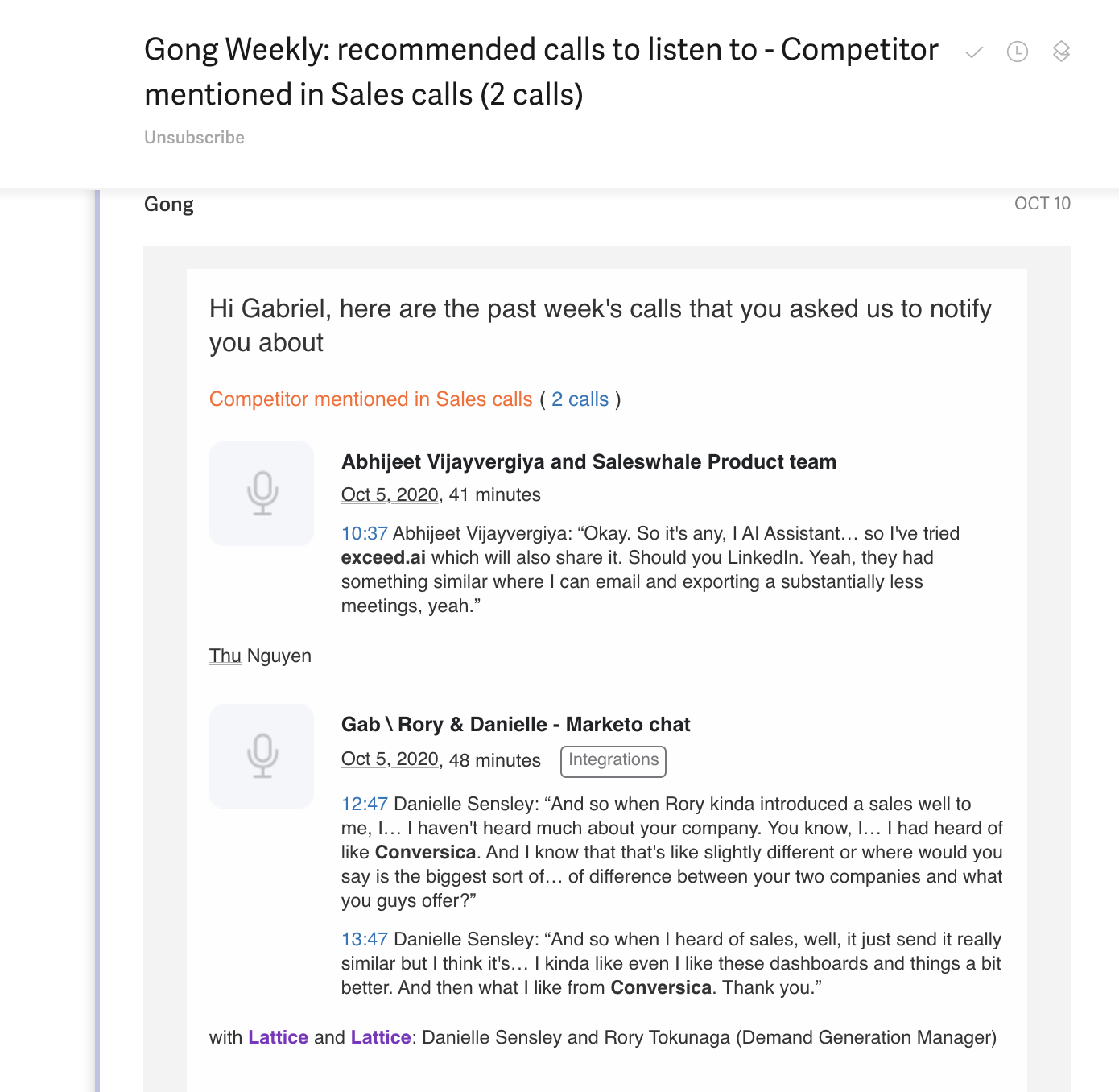
Other than setup and occasional maintenance, these products don’t need human interaction/ intervention along their value chain to get to an outcome.
The next generation of SaaS products unilaterally "finds the insights", and “takes the action” on behalf of users.
I call these software "anti-usage products".
A new paradigm for B2B software
In this paradigm, the software becomes the "expert". The user trusts the software to work (mostly) autonomously.
Anti-usage products do not need you to use the product actively.
Because the products understand the problem, and have expert-level domain expertise to propose / run a solution.
This requires the product teams who are building the anti-usage product to have a deep and nuanced understanding of the problem to be solved.
Anti-usage products are able to work completely autonomously, and yet, are able to deliver outcomes.
Autonomous + Delivering Outcomes = Anti-usage products.
.png) In 5 to 10 years, it’s highly likely that the next wave of billion dollar SaaS companies would be "anti-usage" products.
In 5 to 10 years, it’s highly likely that the next wave of billion dollar SaaS companies would be "anti-usage" products.
Here are more examples of up-and-coming "anti-usage" SaaS companies: Zapier, Workato, Tray.io, Metadata.io, People.ai, Segment, and Saleswhale.
Segment just had a 3.2B outcome - https://techcrunch.com/2020/10/12/twilios-3-2b-segment-acquisition-about-helping-developers-build-data-fueled-apps/
On Metrics (closing the loop on active users)
Josh Elman said that the only metric that matters is how many people are using the product - https://news.greylock.com/the-only-metric-that-matters-now-with-fancy-slides-232474cf414c
This is an old paradigm from 2010 - 2019.
It presupposes that if users keep logging in, and performing a certain action, then they are gaining something of value from the product.
However, we wanted to break this paradigm.
The paradigm of retention = product engagement.
You see -
When a product is able to work fully autonomously, and yet, able to deliver outcomes, user engagement is an anti-pattern.
It’s not something that we want to optimize for.
On the contrary, I tell my product team: if our users are logging in too often, it means that our software isn’t autonomous enough, and we have to work harder to sand down the product.
This is counterintuitive, and requires a leap of faith.
But internalizing this logic helps us to build a better product. A product that is laser focused on solving our customers’ problems, and not faux-engagement.
Choosing the right compass metric for anti-usage products
Wait. Where were we? Right. Metrics.
All the above being said, you can’t drive a business without metrics. We still needed a compass metric to approximate the actual outcome we are driving for our users.
So, what did we decide on?
The number of qualified sales meetings we deliver for our customers per week.
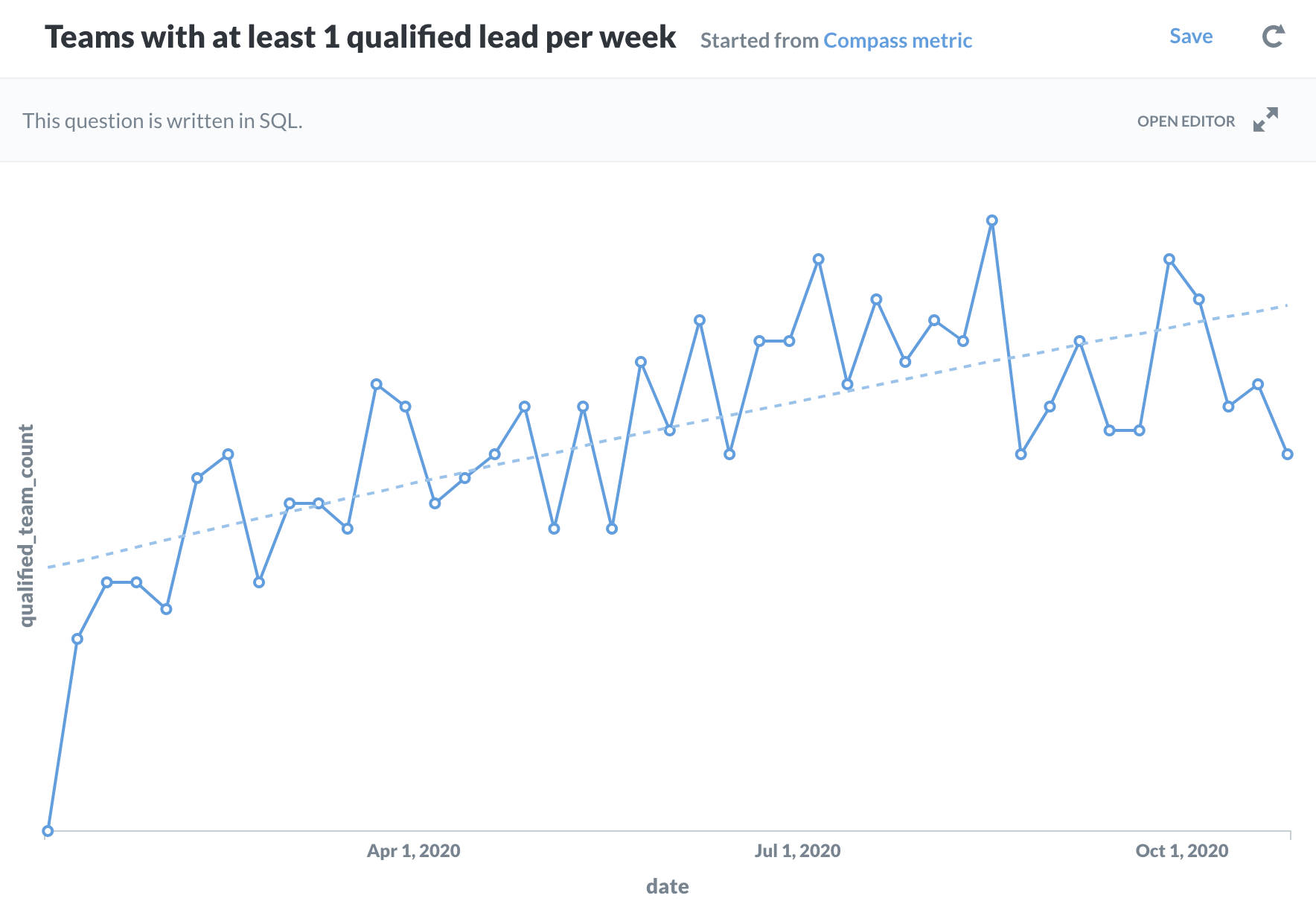 Every product decision is filtered through this lens.
Every product decision is filtered through this lens.
From building high-performing messaging suggestions, to auto-segmentation, to auto re-engagement, we ask ourselves: does this feature help our users get more qualified leads autonomously?
And not, "how can we trick our users to log in more often.. so we can stay top-of-mind and justify their purchase."
An example of how far we are willing to go in pursuit of this tenet: using emails as an extension of our product interface, to make sure that our users log in as little as possible.
Ultimately, for anti-usage products like Saleswhale, the only thing that matters is the outcome.
Conclusion
Of course, it’s not all roses and rainbows. The "anti-usage" paradigm does come with some pitfalls which traditional SaaS products do not have.
In spite of these pitfalls however, anti-usage products are here to stay.
In the next 10 years, more and more SaaS products will:
Run in the background, collecting and analyzing data
Not require active user input to deliver value
Optimize for outcome metrics over engagement metrics
Anti-usage products are the herald to a "log in optional" future.


Co-founder & CEO at Saleswhale
Sign up for cutting edge ideas on conversational marketing, AI assistants and martech.

Saleswhale for Salesforce allows you to build powerful automated lead conversion workflows. This allows you to re-engage with your neglected marketing leads at...
19 APR 2021
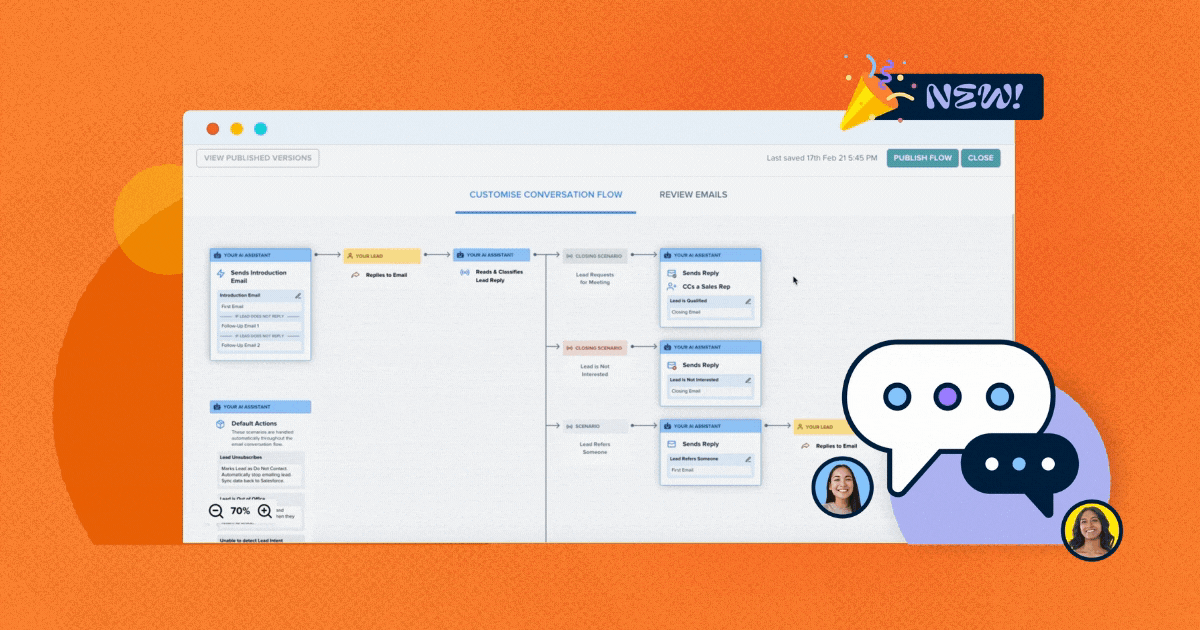
Demand generation and marketing teams generate more leads at the top of the funnel than ever in this new digital-first world. Saleswhale helps ensure those...
1 MAR 2021
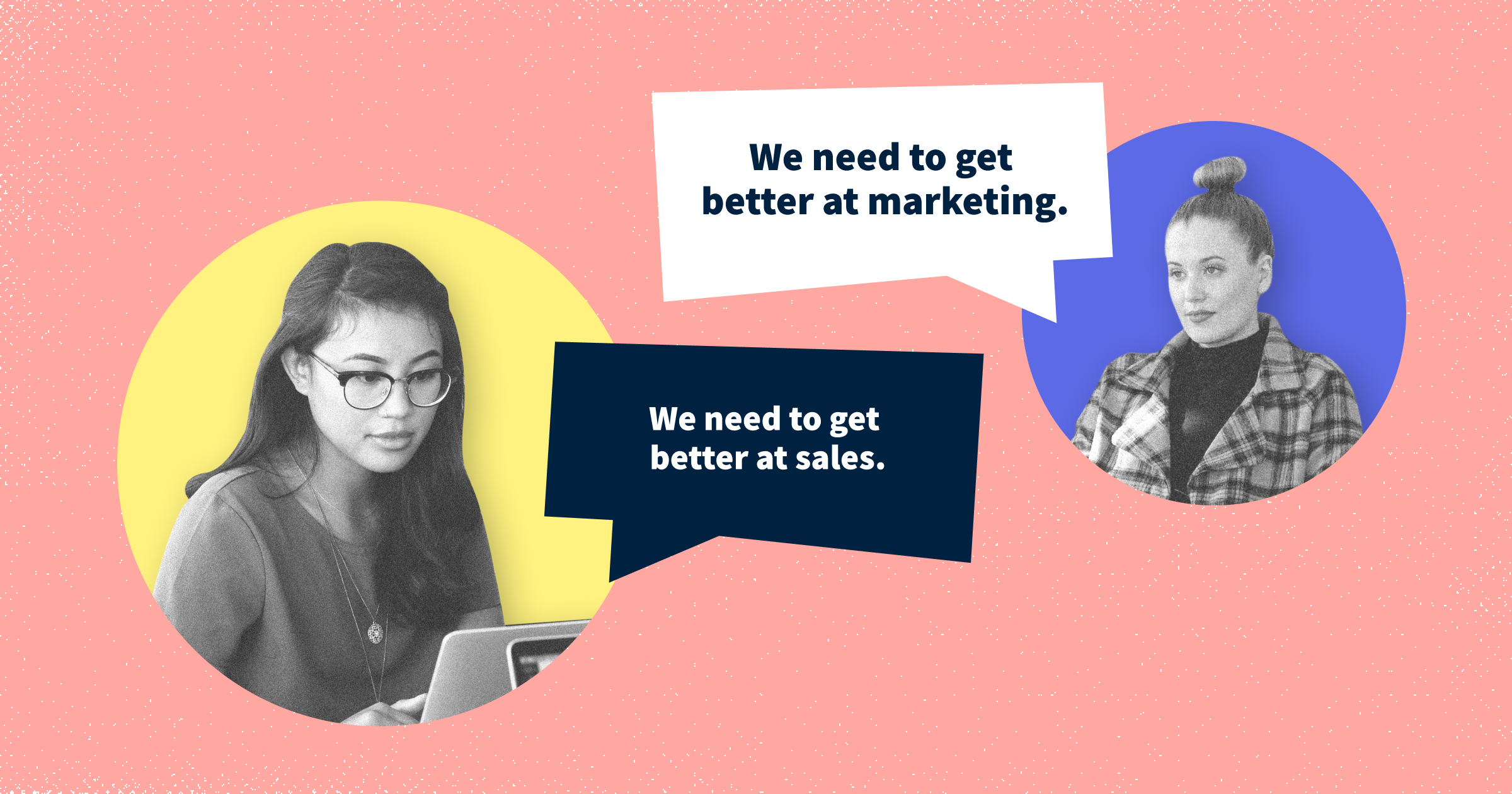
Marketers that focus on MQLs end up doing the wrong things in order to achieve the metrics. So I changed it.
16 JUN 2020
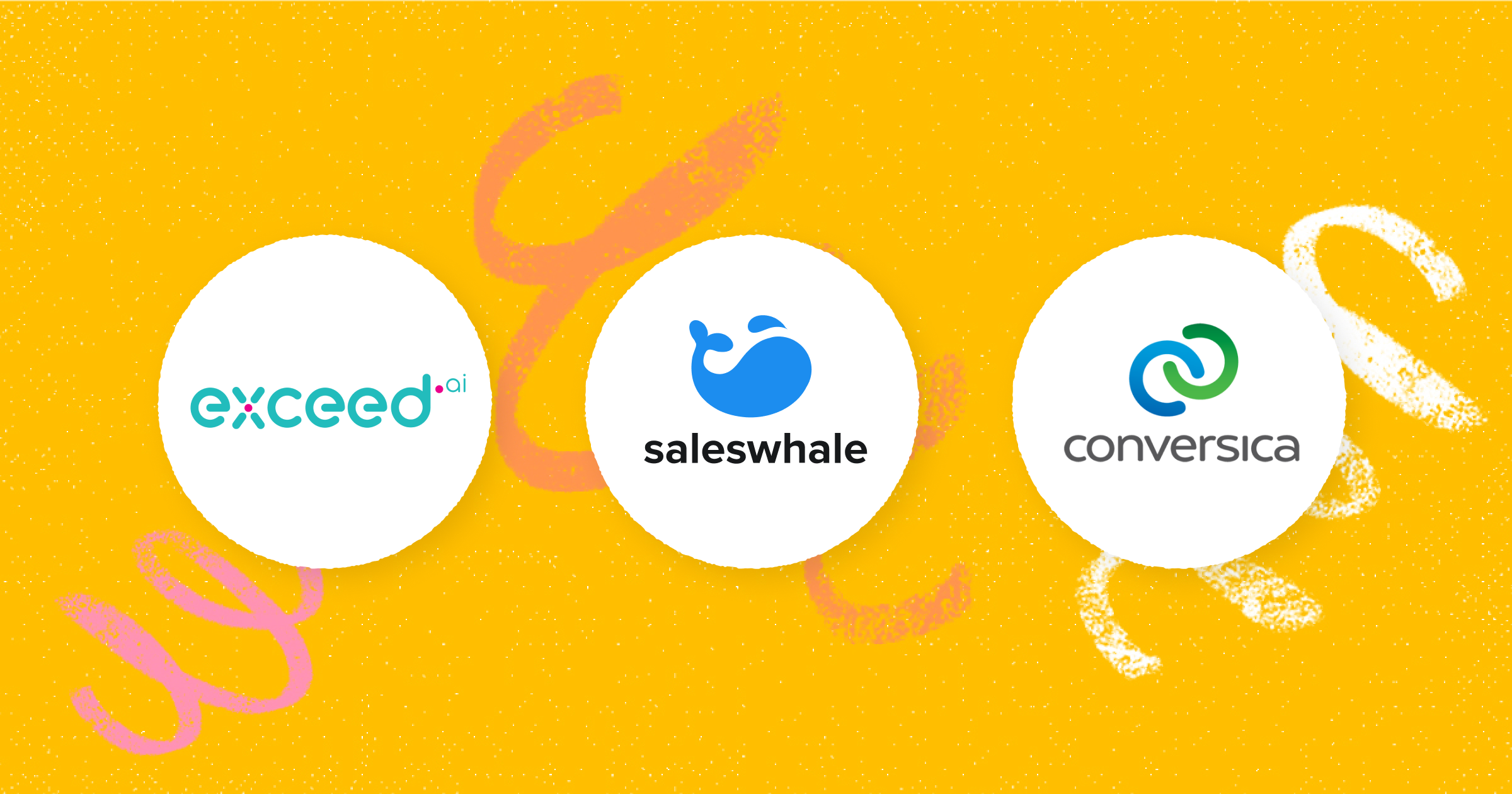
Conversica isn't the only player out there. Learn how Saleswhale and Exceed.ai compare and make an informed decision.
15 APR 2021
By providing your email you consent to allow Saleswhale to store and process the personal information submitted above to provide you the content requested.
You can unsubscribe at any time by clicking the link in the footer of our emails. For information about our privacy practices, please visit our privacy page.